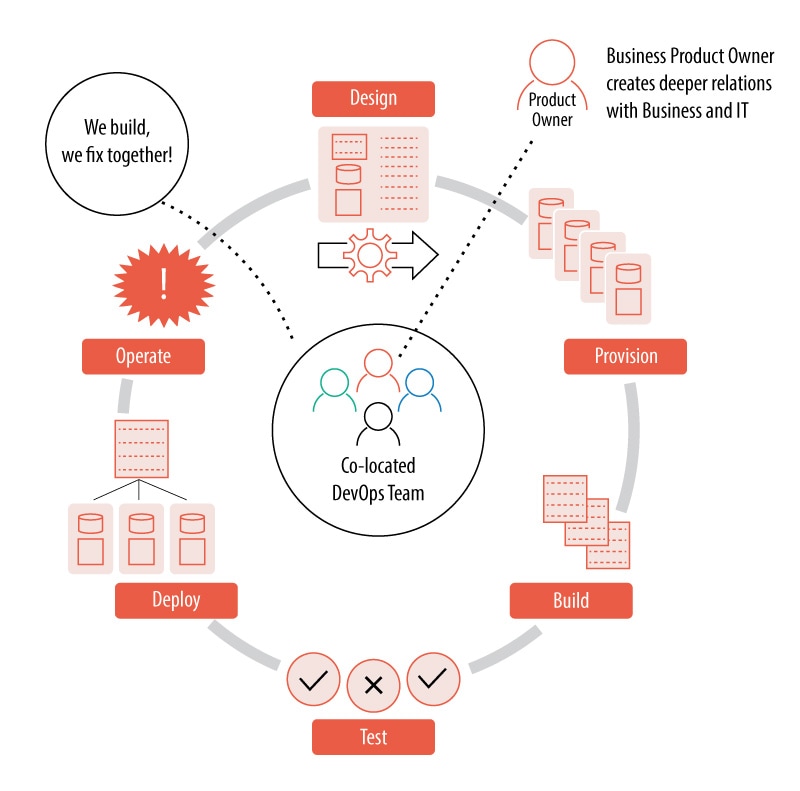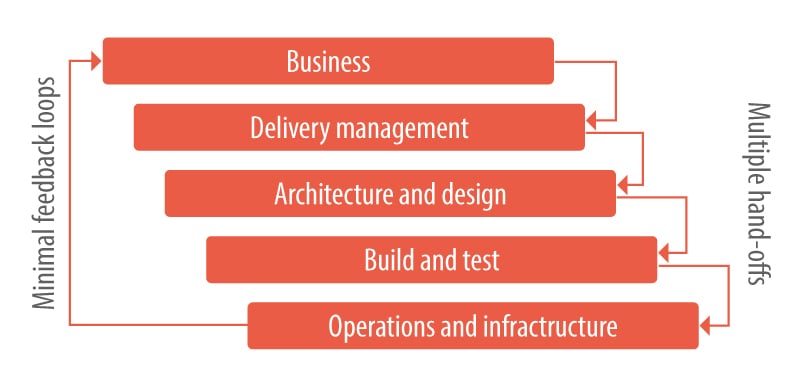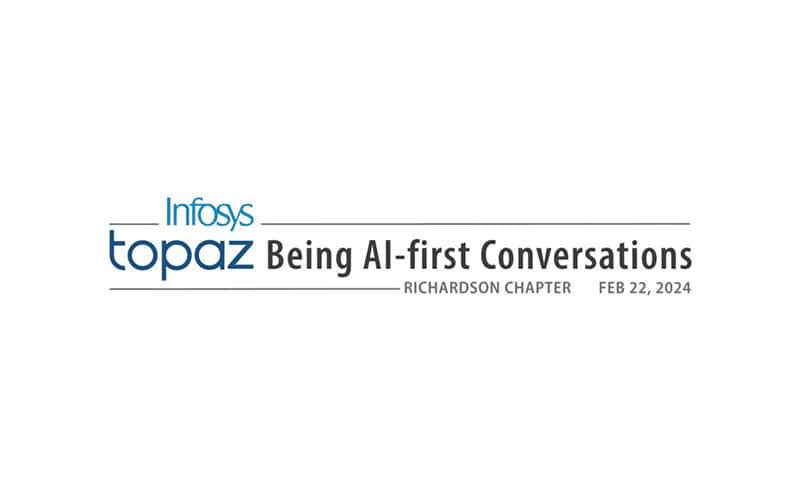DevOps, if utilized effectively, with close-knit agile teams working together in sprints, can improve service quality and reliability by 25% and can reduce the software release cycle time by 75%. But DevOps doesn’t happen overnight. This is the first of a six-article case study that charts how one leading global bank used DevOps to remain competitive in an industry threatened by fintech and nimble digital leaders.
Introduction
Every 11.7 seconds, Amazon deploys code to production. Netflix deploys code thousands of times a day. Both use DevOps, pioneered by another digital leader, Google. Meanwhile, most large banks, threatened by fintech upstarts on their doorstep, struggle to release software once a month1.
One leading global bank, with over 80,000 employees across 80 countries, took on this software improvement challenge in 2016, using DevOps to increase efficiency, improve quality and reduce risk in its software development in South America.
But it wasn’t easy.
This is the first of a six-article case study that explores how this bank saved $7 million by reducing man-hours and by automating the software life cycle. Software release frequency increased by over 40%, and 80,000 less service minutes are lost each year.
What is DevOps and why use it?
DevOps started in 2009 as a backlash against the siloed, iterative IT that has existed for decades2. DevOps brings together development and operations, redefining the organizational structure, practices and culture to enable rapid, agile development of software and scalable, reliable operations3. These practices optimize customer experience, enhanced through high quality code deployed in successively improving increments.
Additional benefits include shorter development cycles, increased software deployment frequency, reduced failure rate and faster time to market of applications. Implementing DevOps is also a catalyst for cultural change within an organization, fostering increased communication, collaboration and innovation. In essence, it helps organizations release code faster, better and cheaper.
A recent Infosys research report found that DevOps can improve service quality and reliability by 25% and can reduce the software release cycle time by 75%4.
Achieving such results hinges on adopting the DevOps mindset. A culture of trust and collaboration, along with leaders who truly value individual contribution, is fostered in small, agile units. These units are able to respond faster to business requirements and ensure that innovation is balanced with security and operational needs. Individuals in development, testing, operations and software architecture all have a seat at the table, with changes to code reviewed in a product backlog on a frequent basis. Workflow and communication are more transparent, and understanding of the product or service being developed is deepened (see Figure 1). This approach also reduces risk due to the incremental nature of software releases.
Figure 1 - DevOps integrates business and IT functions, including development and operations, reducing risk

Figure 2 - A traditional operating model has limited feedback loops and multiple handoffs between siloed departments

This old way of working uses a stepwise or waterfall organization model. Every link in the chain has its own tasks, and each team passes its version of the application on to the next team in line. This results in limited opportunity to learn from mistakes, missed bugs and fixes between handoffs and problems discovered too late in the process. The issues lead to slow release cycles and low quality software. Pain points include business and customer disconnect and excessive delays. Waterfall approaches tend to favor “big bang” deployments, which inherently carry more risk. In comparison, incremental software releases reduce the risk to manageable, bite-sized chunks.
But more fundamentally, DevOps represents a true paradigm shift. With the right leadership, operating model, tooling framework and cultural change, banks can outshine their competitors through faster and better software.
How one global bank succeeded through DevOps
The leading global bank that is the subject of this case study turned to DevOps when it was struggling to remain competitive amid its slow software release cycles.
It wasn’t that the applications weren’t functional. In fact, they had game changing capabilities. The problem was with the speed and quality of software releases, increasing the risk of customer attrition to more savvy competitors who better anticipated changes in customer needs.
The bank decided to implement DevOps as a natural conduit to release better-quality software faster and less expensively.
Infosys assisted the bank to introduce a new operating model, with small teams of cross-functional experts working together in sprints. They implemented a tooling framework featuring agile DevOps teams to ensure continuous integration of the code before carrying out automated quality checks. Sophisticated test management tools performed unit, system and nonfunctional testing.The technical solution was deployed automatically to production using tools to increase release frequency. Rigor and speed were integrated into the DevOps process based on principles such as “no manual deployments” and “minimum operating standards” for all code released into production.
But DevOps doesn’t happen overnight
After 18 months of work, DevOps was still not working optimally, and the cross-functional teams, with their recent additions of IT professionals, began to push back. Fear of failure, lack of communication and leadership not invested in day-to-day operations took their toll. Team roles and processes were not aligned, and agile ways of working were not formalized. Additionally, the lack of awareness of DevOps in the wider organization led to a lack of trust among those in higher management.
To overcome this, behavioral experts joined the program, giving individuals, teams and leadership more power to do the right things at the right time. This included action-planning sessions and one-to-one sessions for leadership and team improvement, including team-building exercises.
This focus on behavior and teams resulted in stronger, more mature, agile teams, with higher customer engagement scores and lower IT costs.
DevOps does not happen overnight; management must be on board, and organizational change and learning are critical. Once those prerequisites are in place, DevOps can change the entire organizational mindset and make it more digital. The ripple effect created by DevOps permeates the organization and transforms the business, turning a once slow IT cost center into an important profit vehicle for the whole enterprise.
The next article describes how the bank’s operating model was redesigned so the DevOps teams could group together to work agilely, opening the door to further transformation.
References
- https://techbeacon.com/devops/10-companies-killing-it-devops
- https://blog.turbonomic.com/blog/on-technology/implement-devops
- https://www.infoworld.com/article/3215275/what-is-devops-transforming-software-development.html
- www.infosys.com/services/agile-devops/case-studies/global-bank-service-quality.html





